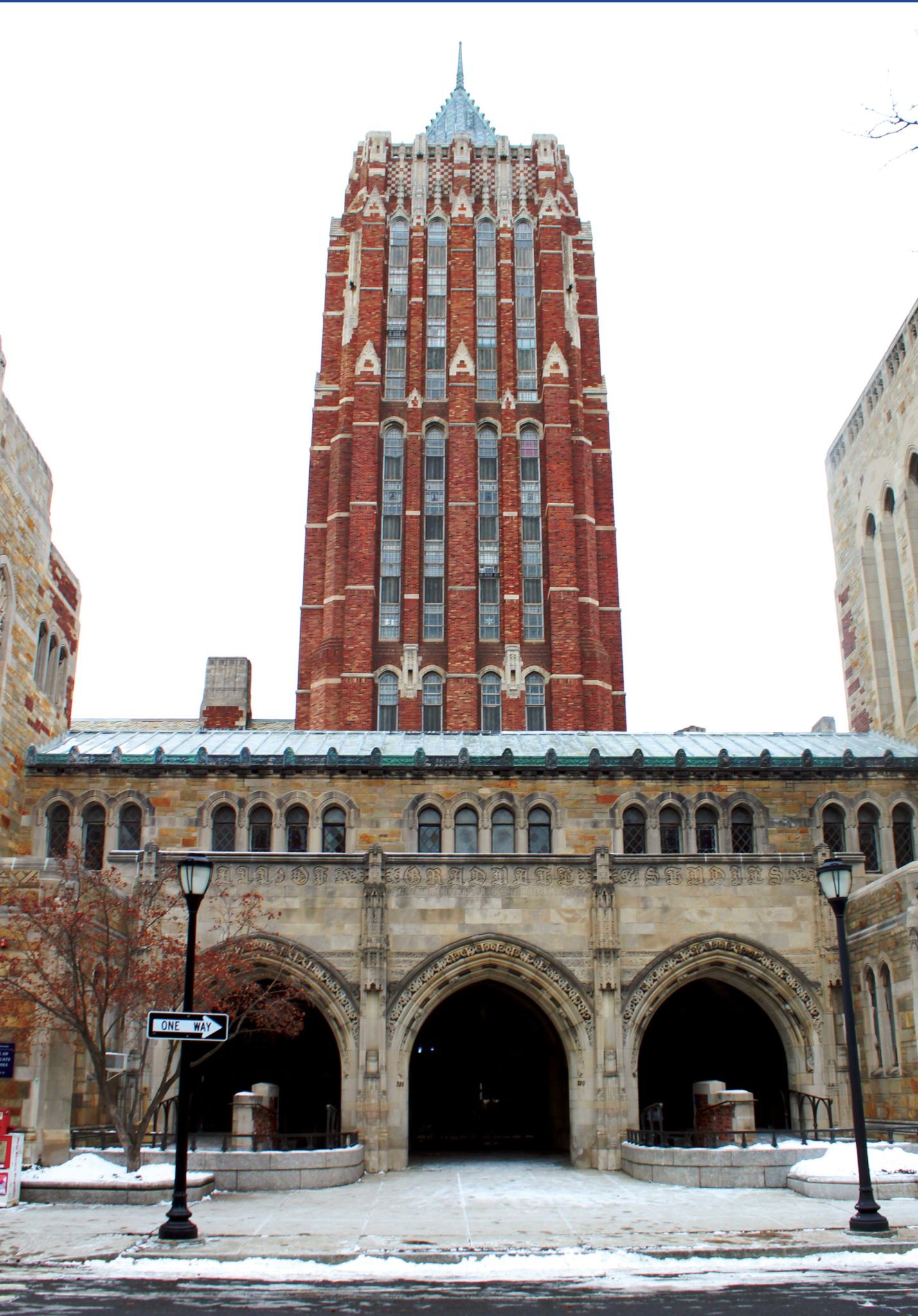
Yale Daily News
The Graduate School of Arts and Sciences has seen a sharp uptick in the number of students from diverse backgrounds applying this year.
GSAS Assistant Dean Denzil Streete said the GSAS Office for Graduate Student Development and Diversity has seen greater interest in enrollment from a wide variety of backgrounds and undergraduate institutions. According to the GSAS website, the school hosts Diversity Preview days for prospective PhD and Masters candidates, and the school makes an effort to make regular visits to historically black colleges and universities to encourage students to apply. GSAS Director of Communications April Swieconek wrote that roughly 10 percent of the students in the applicant pool of the incoming class for the 2020–21 academic year come from traditionally underrepresented backgrounds. This represents a 24 percent increase in applicants from underrepresented minorities since 2019.
“There are so many talented students considering graduate school, and our job has been to work with them to convince them that Yale is a place where they belong,” Streete wrote in an email to the News. “This past recruiting cycle we have been ambitious in the outreach we have done: between campus visits throughout the country, national conferences, sponsoring student visits to Yale in the fall and hosting 29 webinars on Yale’s graduate programs last fall, we have been able to position Yale as a place where students will thrive.”
While Stephen Gaughran GRD ’20 served as president of the Graduate Student Assembly, he prioritized discussions to improve diversity in his meetings with administrators. He said that he brought these issues to the forefront to reflect how passionately the graduate student body felt about the issue of diversity. The Assembly gave constant feedback on University and GSAS initiatives — such as the Dean’s Emerging Scholars Initiative — throughout the year. They also facilitated with those who felt most passionately about issues of diversity, equity and inclusion.
But their progress still faces obstacles. According to Streete, many students have received less guidance concerning graduate programs while in college, resulting in fewer students considering higher education training. He said that many students still consider Yale and its peer institutions to be out of their reach. Streete said that his job is to convince these students that they have a place at Yale. Moreover, he added that he intends to create a campus where they feel that they belong.
Graduate Student Assembly President Lucylle Armentano GRD ’21 commented that she is hopeful that efforts illustrating Yale’s inclusivity can be directed toward recruiting students.
“I hope that this increase in applications can be matched with an increase in offers, and then with an increase in folks accepting those offers,” Armentano wrote.
The News reported in November that more than 50 percent of the Class of 2023 in GSAS self-identified as non-white. Still, Streete said that the office is continuing to see applications from colleges typically underrepresented in the pool. He said that the diversity of socioeconomic and first-generation backgrounds of applicants are also moving in the right direction.
According to data from GSAS administrators, 11.1 percent of the 2,821 Ph.D. candidates at Yale identify as an underrepresented minority.
John Besche | john.besche@yale.edu







